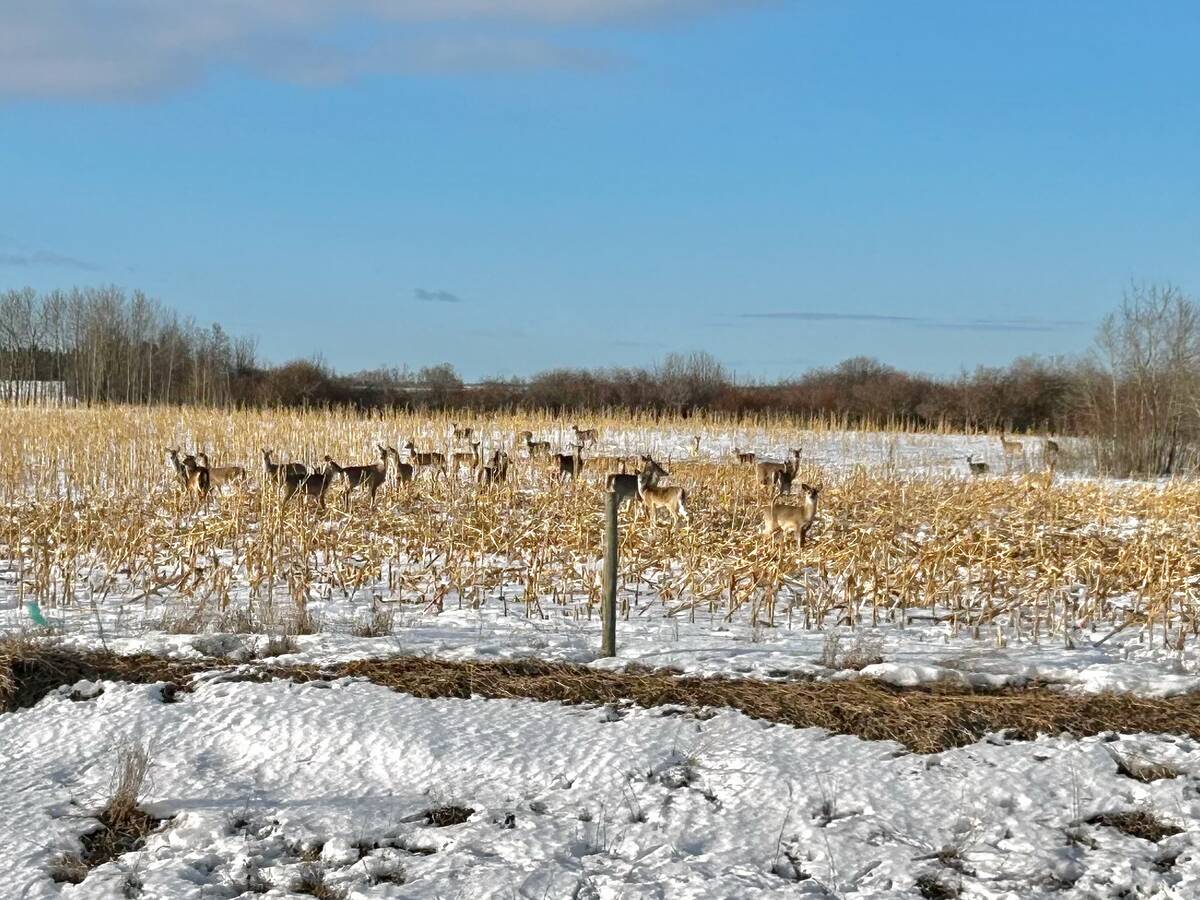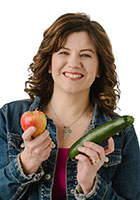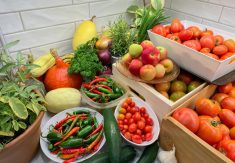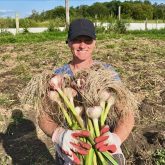If you’re pondering whether to start a vegetable garden this year, you’re not alone. Vegetable gardening is exploding in popularity, helped by inflation and the desire to spend less at the grocery store.
Outside of finances, long-time gardeners know the rewards of this activity. Even repetitive tasks like weeding and watering can become a relaxing routine, to say nothing of the accomplishment felt after filling the table with fresh, homegrown veggies.
But if gardening hasn’t been a priority until now, there are a few things to consider before picking up the shovel.
Read Also

Five new CWD cases confirmed in Manitoba
Chronic wasting disease (CWD) has been found in five more Manitoba deer, including in two new municipalities without previous cases of the disease.
Check your space
The right spot is crucial for garden success. Most vegetables are sunlight hogs, needing at least six to eight hours of direct light to flourish. They also need well-draining soil rich in organic matter and — critically important in rural areas —protection from deer, rabbits and other grazers.
Having easy access to water and a bit of wind protection for those blustery Prairie conditions are other considerations. The truly keen can even have their soil tested for pH and other nutrients, and then amend it to make optimal ground for veggies.
Distance from the house should also be on the potential gardener’s radar. Produce is heavy if hauling it by muscle power come harvest.
Start small
If you’re a new gardener, be realistic. Don’t compare your garden to your grandma’s or those you see on social media. A well established, full garden takes experience and time to develop.
To avoid becoming overwhelmed, start with a few thoughtfully chosen vegetables. Select a few that you love to eat, have the best chance of success for your circumstances or that you can’t easily find at the store.
Some vegetables are easier to grow than others. The more challenging aren’t impossible to grow, but they do need extra care and attention. For example, they may need to be staked, have a longer growing season than Manitoba offers (requiring you to start them early before transferring them outside), have specific growing conditions or are more prone to pests and disease.
Get a seeding strategy
A tray of happy seedlings in front of a sunny windowsill sounds blissful, but nurturing tiny seedlings into robust transplants is labour intensive and best left to experienced gardeners. Without the correct temperature, light, humidity, potting and hardening off, you will likely end up with weak, leggy transplants that will leave you frustrated and disappointed.
Luckily, there are plenty of crops that do just fine when started from seed in the garden row. These include many traditional garden staples like lettuce, spinach, peas, carrots, radishes, beets, corn, beans, cucumbers, squash, zucchini and many herbs.
The ones that can’t be seeded directly are easy to get from local garden centres, especially if growing them in low enough numbers that buying transplants doesn’t break the bank.
While waiting for the soil to warm up and become workable, take time to read about when and how to plant the vegetables you’ve chosen and draw up a garden plan based on your research. You’ll discover that it’s actually better to stagger your planting based on the preferred growing conditions and maturation window. Don’t count on putting your entire garden in on the May long weekend.
Timing and summer plans
Make sure to account for summer plans when planning the garden. If you’re spending extended time away, ask a friend to water and harvest the vegetables.
You might even consider changing the type or variety of vegetables you plan to grow. For example, if you’ll be away for three weeks at the end of July, when bush beans are at their peak, consider growing later-maturing pole beans instead. This way, you’ll still get to harvest and enjoy fresh tender beans without conflicting with your trip.
Use the “days to maturity” number on your seed packets to help determine approximate harvest times for each vegetable. This kind of planning is the sign of a savvy gardener.
Peer support
Keep a garden journal and talk with other gardeners about their practices. Create a cheat sheet of tips and ideas for next year.
In the journal, jot down your favourite varieties, what grew well, what the weather was like, what pests were prominent and how you dealt with them, any companion plants you tried, and so on. Listening to the trials and triumphs of a gardener can be like listening to fishers spin their tales. Enjoy and pick out the golden nuggets of wisdom in those stories.
Vegetable gardening can be a wild ride: challenging, unpredictable and sometimes frustrating. But there’s nothing quite like the satisfaction of harvesting and enjoying your homegrown veggies.
















